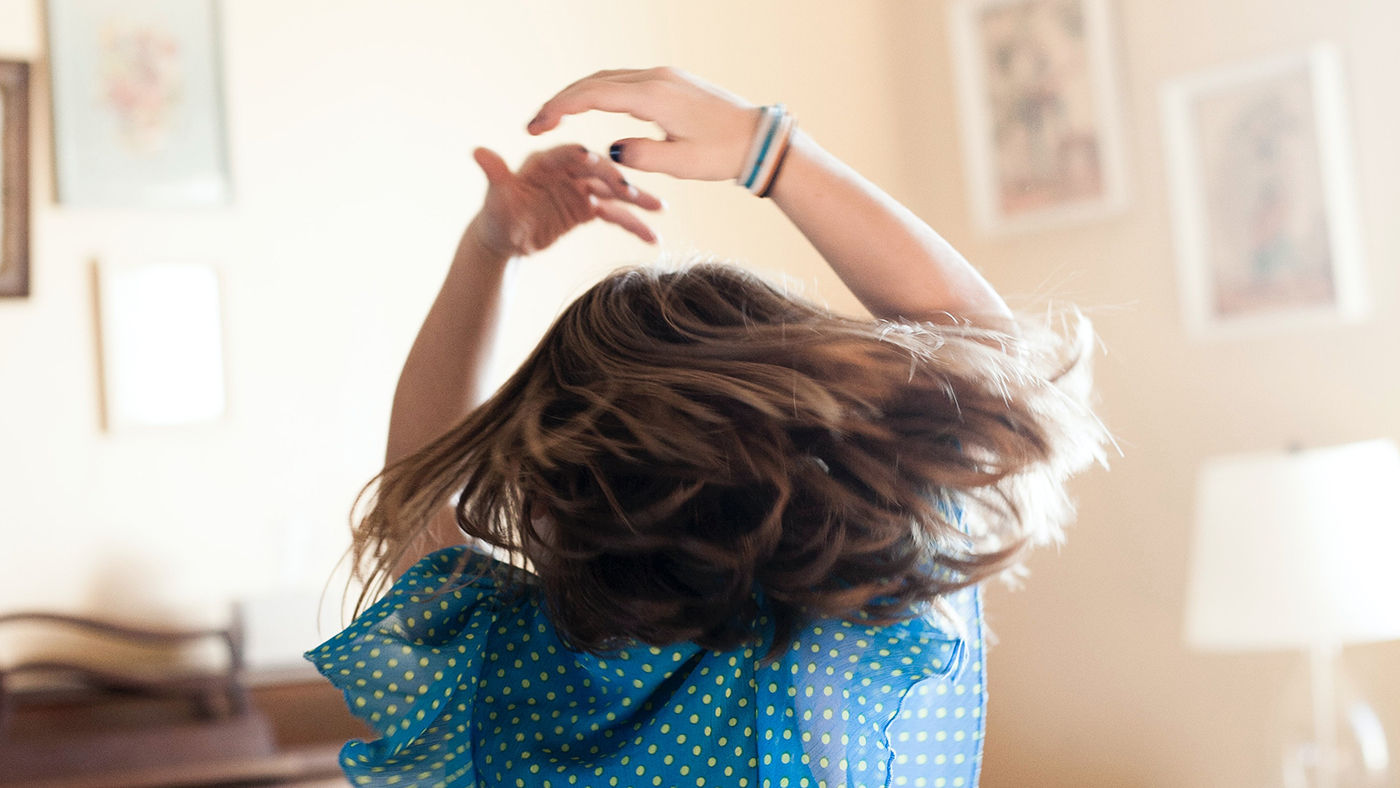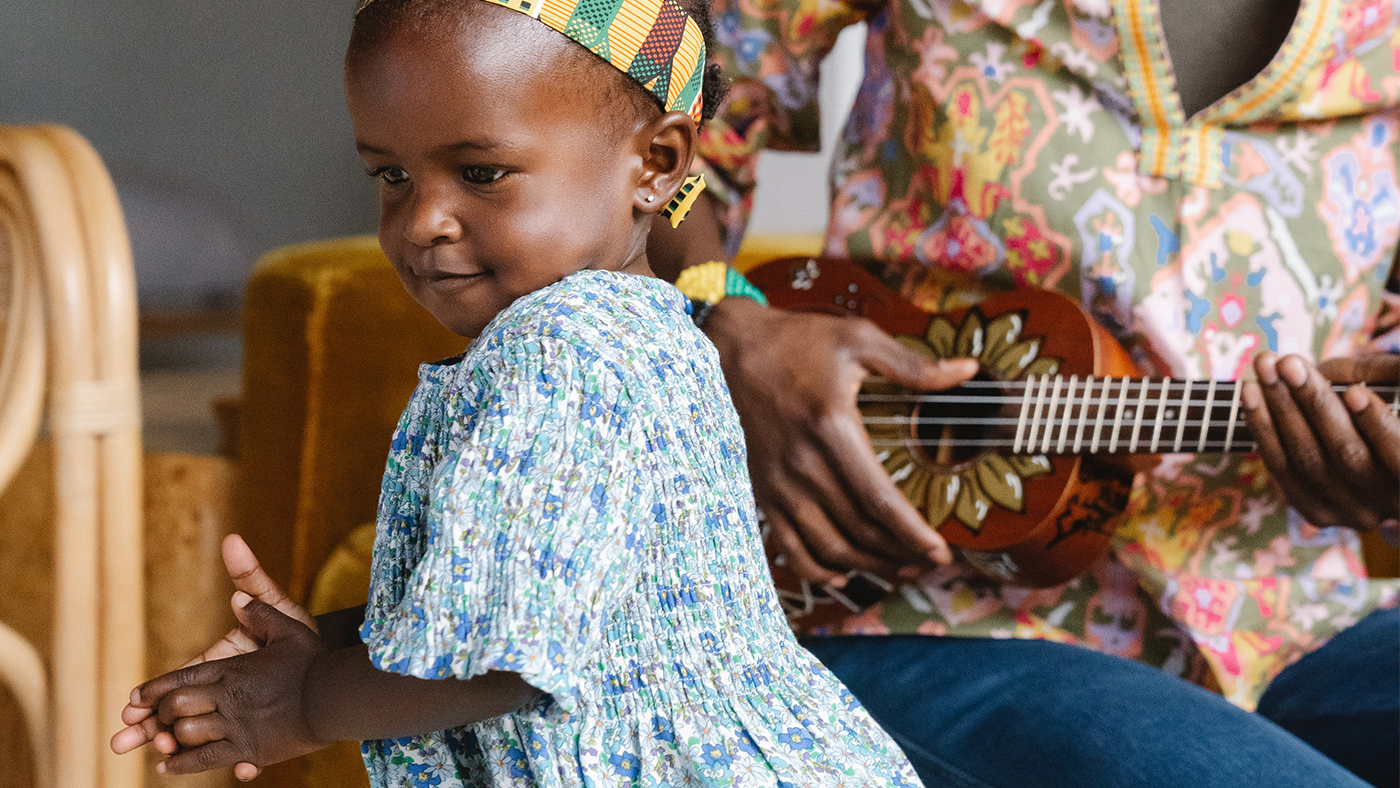Nursery rhymes and gross motor skills
- Gross Motor,
- Nursery Rhymes

Oh, there is so much fun to be had when singing nursery rhymes with young children! Some children love nothing more than to move around and have a feeling of freedom and energy. Many nursery rhymes are active and naturally promote the physical instinct of getting up and moving to the words. There is a natural beat and rhythm in nursery rhymes, offering the youngest of children the opportunity to join in by wriggling, bouncing, smiling and giggling.
Encouraging movement with rhyme promotes a healthy body
Lots of nursery rhymes come with physical actions such as ‘Row, Row, Row your Boat’, ‘Head, Shoulders, Knees and Toes’ and ‘The Grand Old Duke of York’. All of which make your child’s heart rate increase which is great for cardiovascular development. When bodies are active, they use lots of muscles and burn off energy, which is key for maintaining a healthy body.
Moving to nursery rhymes allows babies and children to discover and manage their body's range of physical movements. Moving helps to encourage postural stability by strengthening the muscles in the feet, ankles and legs in babies. The range of movements will soon improve if you sing a variety of known songs. The more movements your child learns the more flexible, coordinated and physically stronger their body will become.
There are also additional benefits to physical movements in songs. For example, language linked to physical actions helps to reinforce both the language and the movement. Your baby or child will associate the action with the word, supporting them in comprehending the meaning of some of the song's words.

Nursery rhymes help support brain development, from babies to our eldest years
Nursery rhymes stimulate movements that encourage hands to move across the body, this is referred to as ‘crossing the midline’. When the midline is crossed, arms and legs move to the opposite side of the body. We have an invisible line that runs from our nose to our toes, and our arms cross over it when participating in early music and movement. Crossing the midline requires both parts of the brain to work together, and when we do activities that cross this midline, it boosts communication between each hemisphere of the brain. Rhymes such as ‘Two Little Dicky Birds’ or ‘Five Little Ducks’ encourage your child to swoop their arms across the midline to encourage the birds to dance around.
The good news is, brain development further continues. Due to the nature of nursery rhymes being upbeat and active, these actions support neurological stimulation by encouraging natural human behaviour. When sound waves strike the ears, they are converted into nerve impulses that travel to various parts of the brain, including those that release dopamine, a neurotransmitter involved in pleasure. [1] When a familiar nursery rhyme is heard it is hard to resist the urge to get up and move, wiggle and jump around, and you don’t have to be young to join in.
Balance and Coordination skills can be introduced and developed
Nursery rhymes like ‘I’m a Little Teapot’ require children to explore the coordination of their movements as well as balancing to hold the shapes their bodies make. Coordination when moving is very skilful and requires lots of practice. Actions are planned, according to each song, and they require lots of well-practised purposeful movements before they are mastered. This is especially true when children are balancing and holding their bodies in shape. The amount of bone and muscle control required is tremendous, meaning certain actions will take time to develop. As your child grows and develops more complex stances will be acquired.
The vestibular system
The vestibular system is in the inner ear and sends messages about space and direction, it is activated when babies and children move to rhythmic rhymes. When songs are sung that encourage children to turn and swirl, it challenges the vestibular system which in turn promotes balance and spatial awareness.

We will always bounce to the beat...
When actions are linked to nursery rhyme words, it helps to strengthen motor skills, rhythm and movement for children of all ages. Babies love bouncing and bouncing is a great activity to encourage the development of coordination, balance and strength. When you hold your baby and dance, they are gaining valuable exposure to beat and rhythm.
As babies grow, they can begin to follow more actions using fingers, hands, arms and eventually, when they are a toddler, their whole body. When the whole body is up and moving, overall coordination improves. Nursery rhymes promote a wealth of movements such as stomping, clapping, jumping and spinning. Nursery rhymes can offer a full body workout for young children.

Now it’s over to you!
Here are the words to a few of the nursery rhymes mentioned in this blog. Get yourself in the dancing mood and lighten up your day.
Head, shoulders, knees and toes
Head, shoulders, knees and toes, knees and toes
Head, shoulders, knees and toes, knees and toes
And eyes and ears
And mouth and nose
Head, shoulders, knees and toes
Once you have sung it through once, you can sing it really quickly, or really slowly. Speeding up and slowing the actions makes controlling the movements and coordination more tricky.
If you have older children, try missing out some words. Start the song again, then on the second verse try not to sing the word head, point to it without saying anything, like this.......
Mmmm, Shoulders, knees and toes, knees and toes
Mmmm, Shoulders, knees and toes, knees and toes
And eyes and ears
And mouth and nose
Shoulders, knees and toes
Next miss out the words heads and shoulders
Then miss out the words heads, shoulders and knees
Finally miss out the words heads, shoulder, knees and toes.
I’m a little teapot
I’m a little teapot, (Point to-self)
Short and stout, (Round arms and touch fingertips together in front of body)
Here is my handle, (Place left fist on hip)
Here is my spout. (Bend right elbow, raise forearm, and lower wrist)
When I get all steamed up,
Hear me shout, (Remain in same position and nod head)
Tip me up,
And pour me out! (Tip sideways in direction of extended arm)
I’m a very special pot
It is true, (Point to self)
Here, let me show you
What I can do. (Shake index finger)
I can change my handle (Place right fist on hip)
And my spout, (Bend left elbow, raise forearm, and lower wrist)
Tip me up
And pour me out! (Tip sideways in direction of extended arm)
We have more blogs coming soon that will explore the other areas of learning that Nursery Rhymes can promote!
References:
[1] Nania. R. (2020). Sing, dance, move to the beat: It's all good for mood, memory and more. Available online at: Music’s Powerful Impact on the Brain Explored (aarp.org)